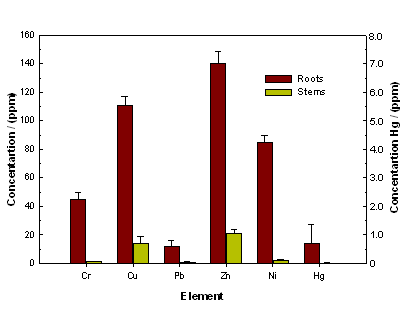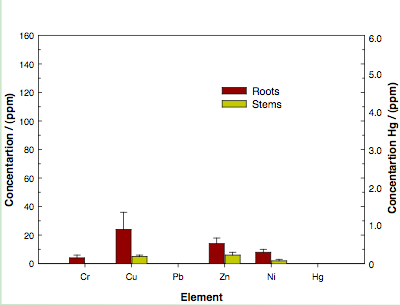Technical Information
The Heller process uses a combination of acids and complexing agents to treat contaminated product at the molecular level. The process destroys all pathogenic contaminants and extracts heavy metals into the liquid phase of the process. Any small amounts of metals that may remain in the end products after the decontamination process represent no danger to the food chain or the environment.
The conditions to which the contaminated material is being subjected in the process, are fare more severe then in other decontamination procedures. The conditions that are applied in the Heller process are not known to exist in nature.
Plants and Crops will take up heavy metals which can be solubilized in nature. The Heller Process solubilizes the heavy metals that can be solubilized in nature and removes them. The bio-availability of heavy metals to crops and plants is reduced to a level that is safe and represents no danger to the food chain. The possibility of excessive uptake of heavy metals by crops and plants is eliminated.
Precipitated heavy metals are further treated. The process also employs a neutralising agent to achieve the desired pH in the end products. A smelter process can recover the extracted heavy metals but this represents only one available option.
The process can produce a specifically tailored end product for crop production or any other soil grown produce. It is also an excellent product for areas that are depleted of top soil or have had to be stripped of toxic soils. |








